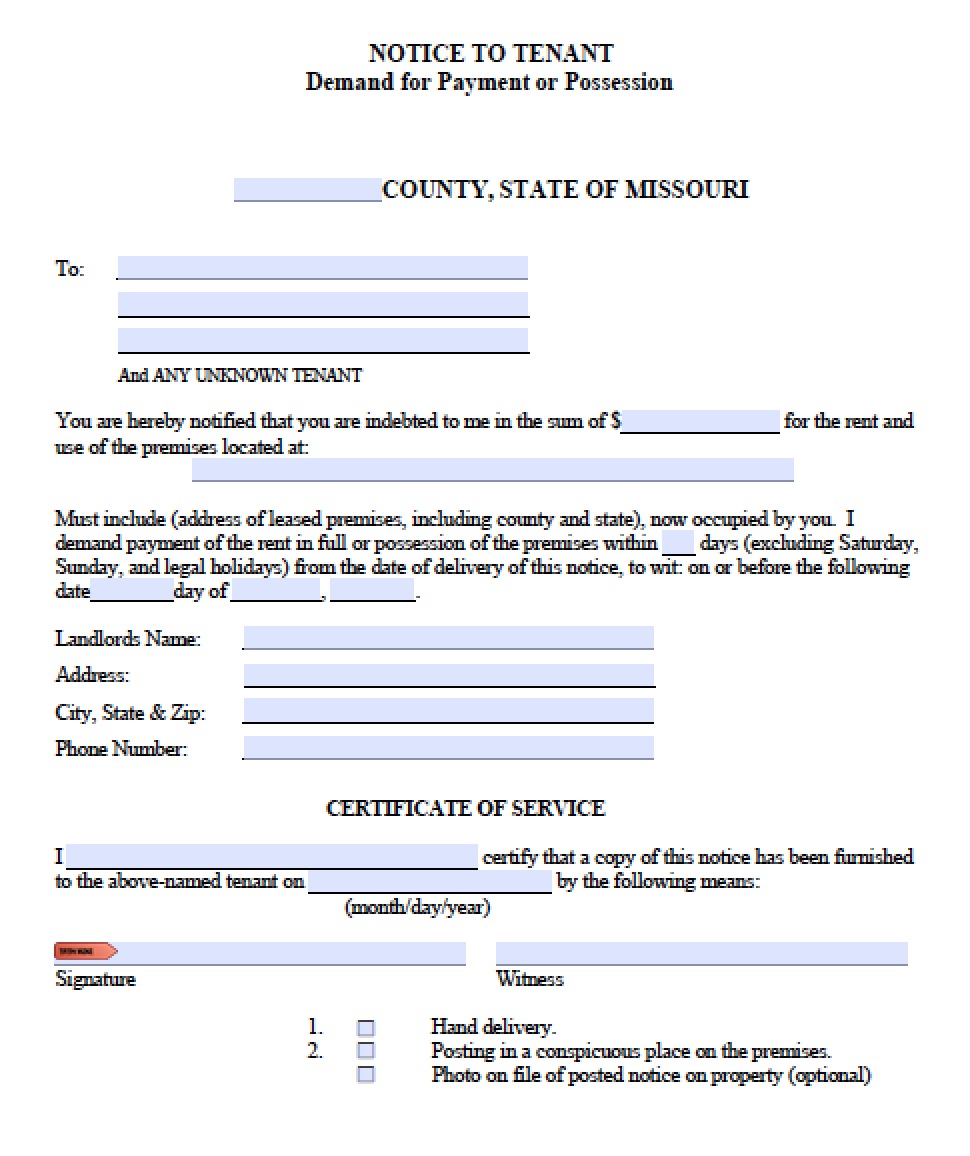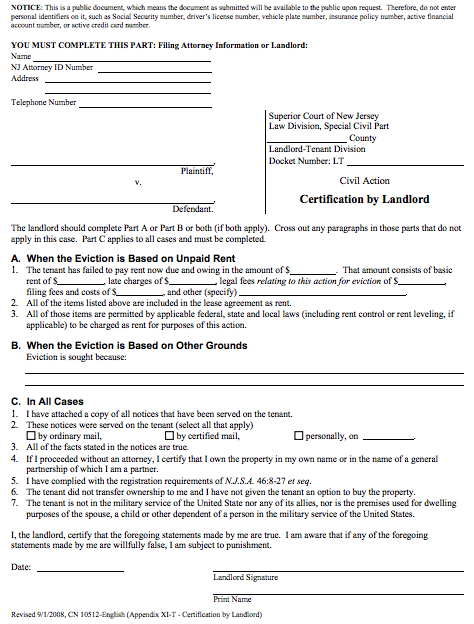Table of Content
- Q: What is the process that owners/landlords should follow when wishing to evict a tenant from a rental residential property?
- Can you evict a tenant without a lease?
- How much does it cost to file for an eviction?
- Steps to Follow When Renting Out Your Home
- Court Hearing
- Getting started renting with an eviction
- Texas Law
But it doesn't necessarily mean you won't have to find a rental while it sits on your record. In Georgia, the first step in the process is a demand for payment of the rent from the tenant. Typically it is called a “Pay or Quit Letter” or “3 Day Letter”. Call an attorney or Legal Aid right away for more help if a levy is put on your property. If you are appealing a Judgment for Possession and you want to stay in your home, you have ten days from the judgment date to appeal the decision. If you pay before the eviction date, you should make arrangements with the landlord and the constable and keep a receipt for proof of payment.

The other option is to go to court and fill out the paperwork yourself. Eviction filing is typically handled by your county courthouse. To file for eviction, you will need a copy of the lease, copies of all relevant documents, contact information for the tenant, and money to cover the filing fee. The number one thing that you need to do before you start any type of eviction proceedings is to ensure that you have a legal reason for evicting the tenant. Even though it is your property, you cannot simply force a tenant to move out because you feel like it. First, remember that eviction laws differ from state to state and even from county to county.
Q: What is the process that owners/landlords should follow when wishing to evict a tenant from a rental residential property?
This includes how to look for properties and how to approach property managers. Evictions, as mentioned, can only be enacted by way of a court order. But make no mistake, this is an extremely specialised field of law, and as much as any attorney would be allowed to bring an eviction application, this is not advised in most cases. If the exact technicalities around eviction are not well understood, and all legal procedural requirements are not perfectly met, an eviction can be delayed for weeks, or, worst case, even months.
Even though you may be frustrated with the situation, put your feelings on the back burner. When damage caused by the tenant reaches the point where your property value begins to decline and health and safety issues become a concern, it may be time to evict the tenant. Various Ohio laws spell out the steps that must be taken to bring an eviction.
Can you evict a tenant without a lease?
Unless specified in your lease, the amount of notice required depends on the reason for the eviction. Together the two documents are called the Summons and Complaint, and may actually be issued to the tenant without submitting them to court. This is a good way for a landlord to show the tenant they are serious about the eviction before getting the courthouse involved. Once they are submitted to the courthouse, a public record is created, which will be seen later by potential landlords. Once a tenant has received the notice, they should take swift action to respond. Assuming the time frame referenced on the notice is accurate, the tenant must respond within that period or risk being evicted.

You may wish to consult with a local attorney about the laws in your jurisdiction to learn your rights. Maybe the rent isn’t being paid, or maybe there’s illegal activity taking place on your property. Landlords who don’t act quickly to evict a tenant run the risk of seeing property value decline due to lost rental income and destruction caused by the tenant.
How much does it cost to file for an eviction?
If you do not pay within 10 days or file an Appeal and pay a bond if required, the landlord may request an Order for Possession. Court costs will go up if the landlord requests an Order for Possession, so it is best to pay as soon as possible. Check the Eviction Timetable to see how much notice is required if it is not specified in your lease.
The tenant may also make a Motion to ask the court to dismiss the case or to give the tenant a judgment. If the tenant wins, the case is over and you can’t evict the tenant. For example, if you did not give the tenant enough days in a notice, the court can dismiss the case, but you can give the tenant a new notice and then start a new case. An unconditional quit notice requires the tenant to vacate the property immediately, without the option for curing the violation. Illegal activity, creating a public nuisance, or destroying the property are examples of when to serve the tenant with an unconditional quit notice.
Steps to Understanding 1031 Exchange Rules
It is possible that the landlord will never execute on the Order for Possession and the constable is never notified to evict you. Generally, this happens when the landlord and tenant work out a payment agreement and the landlord agrees that the tenant can stay. If you are able to work out an agreement, make sure that you get a receipt for the money that you pay the landlord and get the agreement in writing. If the tenant does not move by the end of the ten day period at the time and date in the notice, the constable may forcibly remove the tenant and padlock the door to the rental unit.
Doing something incorrectly such as not including enough information on the eviction notice can lead to a drawn out, expensive legal battle. Also be sure to learn more about the specific requirements for your jurisdiction, as each state has different laws. When learning about the legal eviction process, it is important to learn how your state and local laws required you to deliver an eviction notice. If the judicial officer rules in favor of the tenant, then the eviction is stopped, and the tenant gets to remain in the rental unit. In some states, tenants are entitled to money damages if they win the eviction lawsuit.
If a Motion is filed, the judge will render a decision on the Motion or decide a hearing is necessary. If the lease says the tenant cannot assign the tenant's interest in the tenancy or sublet the rental property, the landlord can seek an eviction. However, a landlord cannot unreasonably withhold consent to a tenant's request to assign or sublet the property.
Once the time stated in the notice to vacate has passed, a landlord can file a suit to evict. This suit should be filed in the justice court where the rental property is located. If you are a landlord and do not wish to eFile the petition for an eviction suit, please check with your justice court for a form for the petition. For states that don’t require written notice, as soon as the lease has expired or has been violated in some way, landlords may file an eviction action with the court. This means that the summons requiring tenants to appear in court may be the first time tenants are aware they’re being evicted. Typically, landlords must have a valid reason to evict a tenant unless the lease/rental agreement has expired, such as nonpayment of rent, illegal activity, and lease violations.
A tenant who believes their landlord punished them for exercising their rights under the law can use this form from Texas Law Help to file a lawsuit. If a Removal is ordered by the Justice Court, our office will handle those removals in the same manner as an immediate eviction. We will not give a 24 hour notice of removal and we will handle those orders the next business day after they are received by our office and the appropriate fees are paid. If you do not comply with meeting our deputy to carry out the order, it will be cancelled and the court will be notified of the cancellation. If a delay occurs due to a mutually agreed upon reason, or due to a reason beyond our control, you will be contacted and notified, and will not be charged an additional fee when the order is completed.


No comments:
Post a Comment